
Minnesota Severe Weather Awareness Emphasis Floods
Minnesota Homeland Security and Emergency Management focus today is on flooding and flash floods.
In Rice County and the surrounding area this has been the most common severe weather threat over the last decade. Rice County Emergency Management Director Jennifer Hauer-Schmitz pointed out during the KDHL Severe Weather Awareness Show some area of the county experienced flooding each year from 2010 through 2019.
Nationally floods claim nearly 200 lives each year, force 300,000 people from their homes and result in property damage in excess of $2 billion.
In 2019 six out of the nine state and federally-declared disasters in Minnesota involved some sort of flooding.
About 75 percent of flash-flood deaths occur at night. Half of the victims die in automobiles or other vehicles. Many deaths occur when people drive around road barricades that clearly indicate the road is washed out ahead.
More flood safety information is available from the National Weather Service.
Before a flood happens there are some things you can do to prepare for an event which lessens risks from harm and property destruction. Below are a few steps everyone can take to prepare for any type of flood emergency.
- Assemble and emergency supply kit that includes enough provisions for you and your family to live on fora minimum of three days.
- Make and emergency plan for you and your family and share it with them. Learn about the emergency plans that have been established in your area by your state and local government.
- Get a NOAA Weather Radio. Listen for information and warnings.
- Elevate appliances such as the furnace, water heater, and electric panel in your home if you live in an area that has a high flood risk.
- Consider installing "check valves" to prevent flood water from backing up into the drains of your home. As a last resort, use large corks or stoppers to plug showers, tubs or basins.
- If feasible, construct barriers to stop floodwater from entering the building and seal walls in basements with waterproofing compounds.
- Get Flood Insurance. Property insurance does not typically cover flood damage. Talk to your insurance provider about your policy and consider if you need additional coverage. You may also want to learn about the National Flood Insurance Program.
Driving safety during a flood is essential. Homeland Security and Emergency Management says six inches of water will reach the bottom of most passenger vehicles causing loss of control and possible stalling.
A foot of water will float many vehicles and two feet of rushing water can carry away most vehicles including sport utility vehicles (SUV's) and pickups.
Flash Floods occur within six hours of the beginning of heavy rainfall. Here are some guidelines for keeping safe during a flash flood:
- Be prepared to evacuate and go to high ground immediately.
- Get out of areas subject to flooding, such as low spots, canyons, washes, etc.
- Do not attempt to cross a flowing stream on foot. Even water only six inches deep when moving at a high rate of speed can knock you off your feet.
- Never drive through flooded areas or standing water. Shallow, swiftly flowing water can was a car from a roadway. Also, the roadbed may not be intact under the water.
- If the vehicle stalls, abandon it immediately and seek higher ground. Rapidly rising water may engulf the vehicle and it's occupants.
- Be especially cautious at night when it's harder to recognize flood dangers.
- Do not camp or park youyr vehicle along streams and washes, particularly during threatening conditions.
- Understand the difference between a Flash Flood Watch and a Flash Flood Warning.
A Flash Flood Watch means flooding is possible. Tune in to KDHL Radio 920 AM, 97.96 FM or KDHL app in addition to POWER 96 Radio 95.9 FM or POWER 96 app to get the latest information. Or a NOAA Weather Radio or local television station.
Flash Flood Warning means flooding is occurring or will occur soon; if advised to evacuate please comply immediately.
Here is a Flood Safety Checklist from American Red Cross.
The University of Minnesota Extension has an extensive library of disaster preparedness responses and recovery resources. Their website has fact sheets, pages, guidebooks and videos with research-based tips on immediate and long-term flood issues.
There is a UMN Flood Information Hotline 1-800-232-9077 or questions can be directed by email.
Remember to sign up for your Emergency Notification System. A link to the Everbridge and CodeRed is included for each county listed below.
Everbridge is used in Rice, Steele, Dakota, LeSueur Counties.
CodeRed is the system used by Goodhue, Dodge, Waseca, Scott, Wabasha Counties.
This is fascinating information about weather.
KEEP READING: Get answers to 51 of the most frequently asked weather questions...
Some timely information here just in case the power goes out.
TIPS: Here's how you can prepare for power outages
More From KRFO-AM
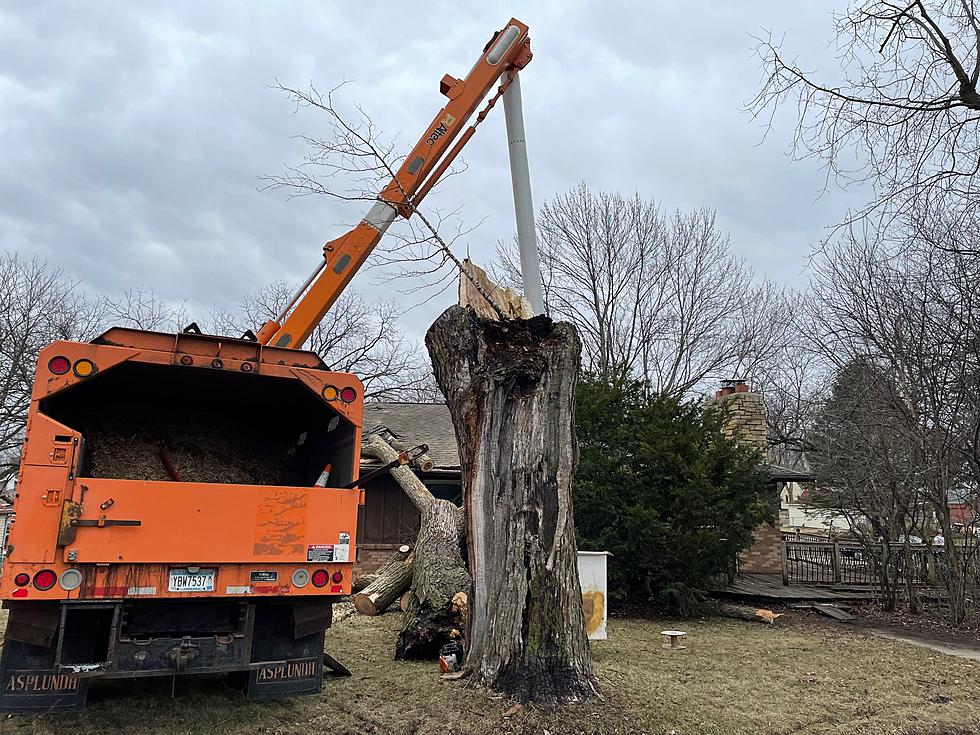
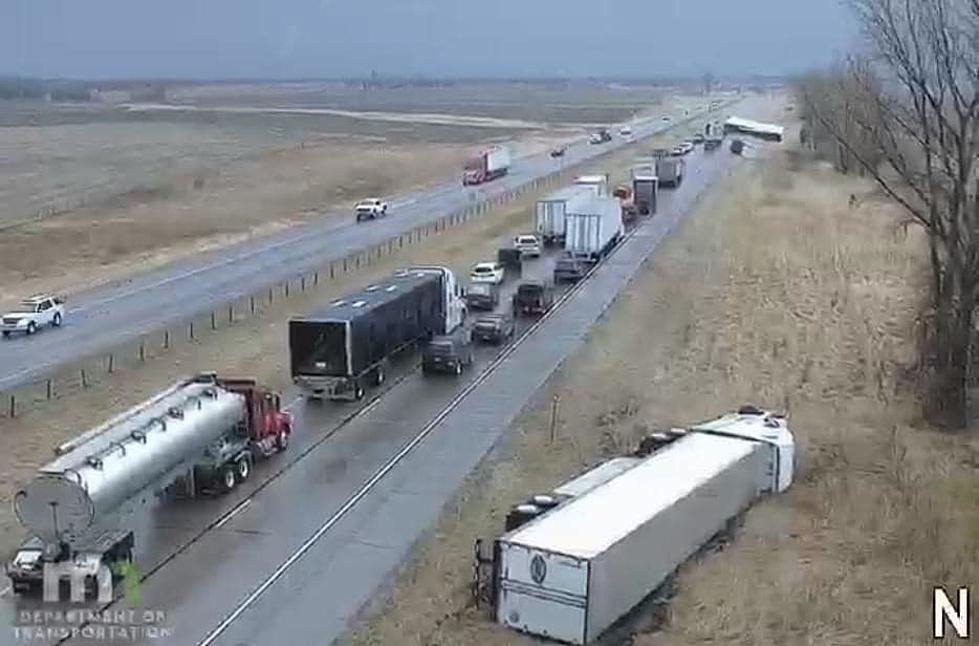

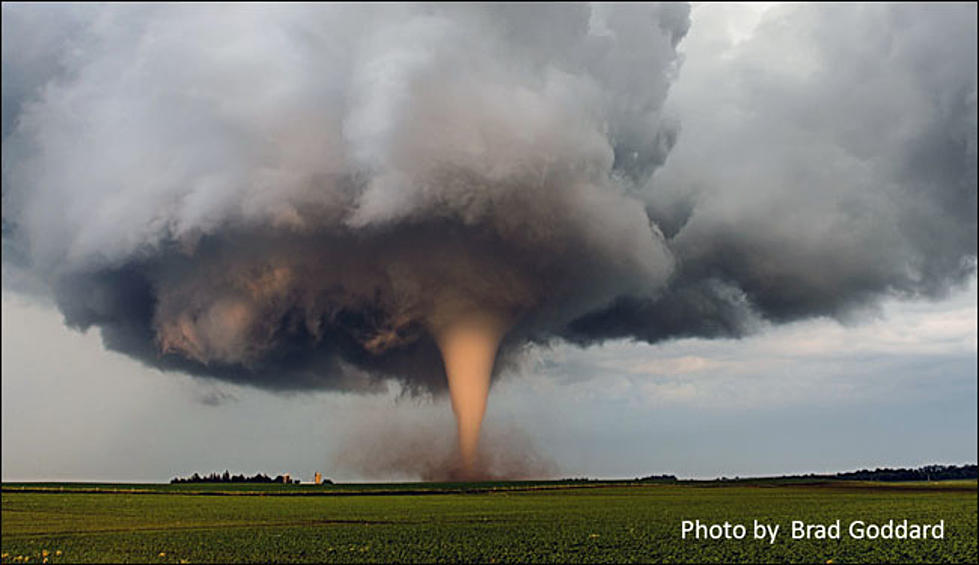
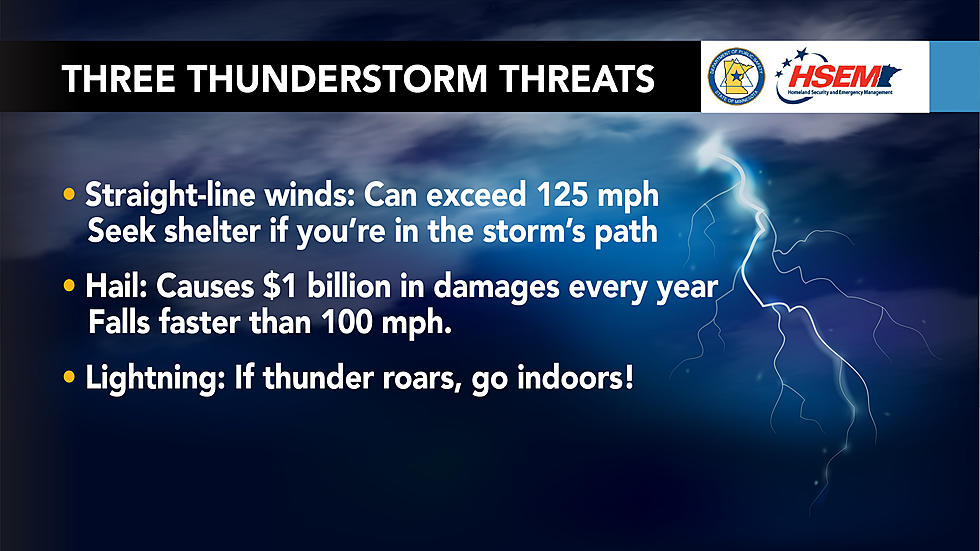
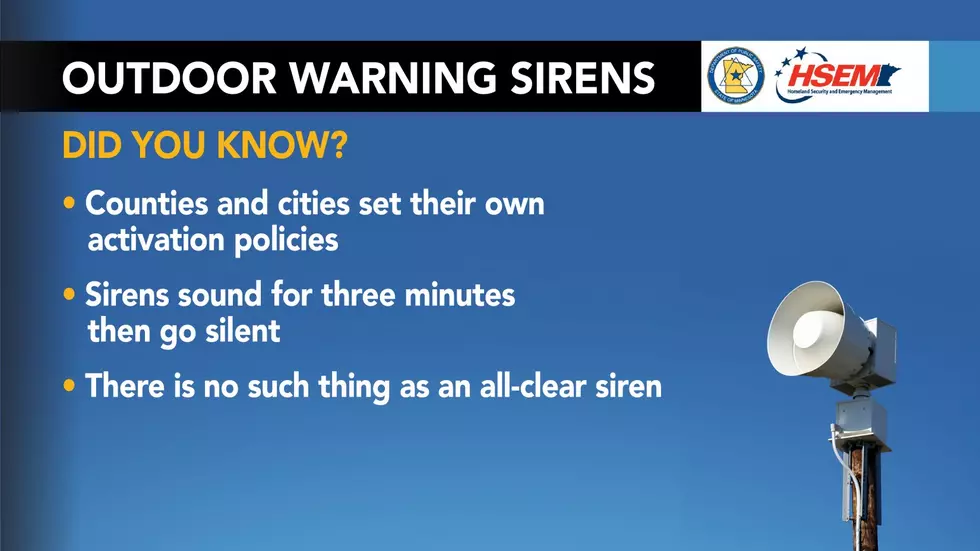
![City of Owatonna Coronavirus Update [March 23]](http://townsquare.media/site/687/files/2020/03/city-council-tom-and-kris4.jpg?w=980&q=75)

